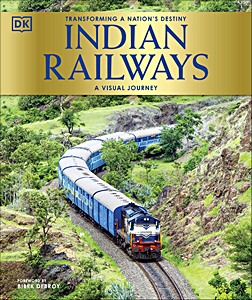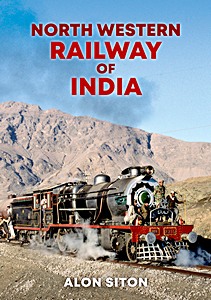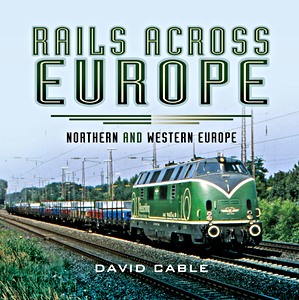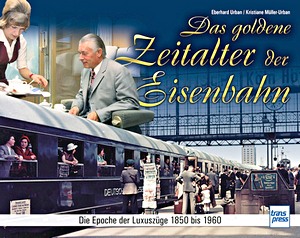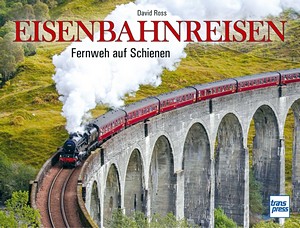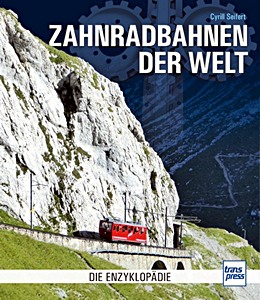Hill Railways of the Indian Subcontinent
This book describes seven branch lines which climbed into the mountain ranges that span the length and breadth of the countries of India and Pakistan. Some - like the Darjeeling Himalayan - are well known, but others - like the Zhob Valley, Khyber Pass and Kangra Valley lines - are less so.
Several of these railways were also the last bastions of steam operation in the sub-continent. Unsurprisingly, as hill railways, most of them reached remarkable heights, many using ingenious feats of engineering to assist their climb into seemingly impenetrable terrain.
These lines served diverse locations, each with its own characteristics, from the hostile territories of the North-West Frontier, along the spectacular foothills of the Himalayas, skirting the Western Ghats of the Deccan down to the gentle rolling landscape of the Nilgiris, or Blue Hills, of South India.
The book gives the histories of the seven hill railways including summaries of their operations and routes. Maps and gradient charts for all seven railway lines are given as well as listings of the locomotives operating the hill railways.
Szczegóły
| Autor: | Richard Wallace |
|---|---|
| Wydanie: | 208 strony, 24.5 x 19 x 1.3 cm, miękka oprawa |
| Ilustracje: | bogato ilustrowane, zdjęcia czarno-białe i kolorowe |
| Wydawca: | The Crowood Press Ltd (GB, 2021) |
| ISBN: | 9781785008085 |
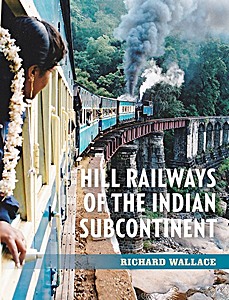
Hill Railways of the Indian Subcontinent
Język: angielski
Dostępne na Amazonie - bezpieczna płatność i szybka dostawa
Zamów na Amazon PLZamów na Amazon DE

